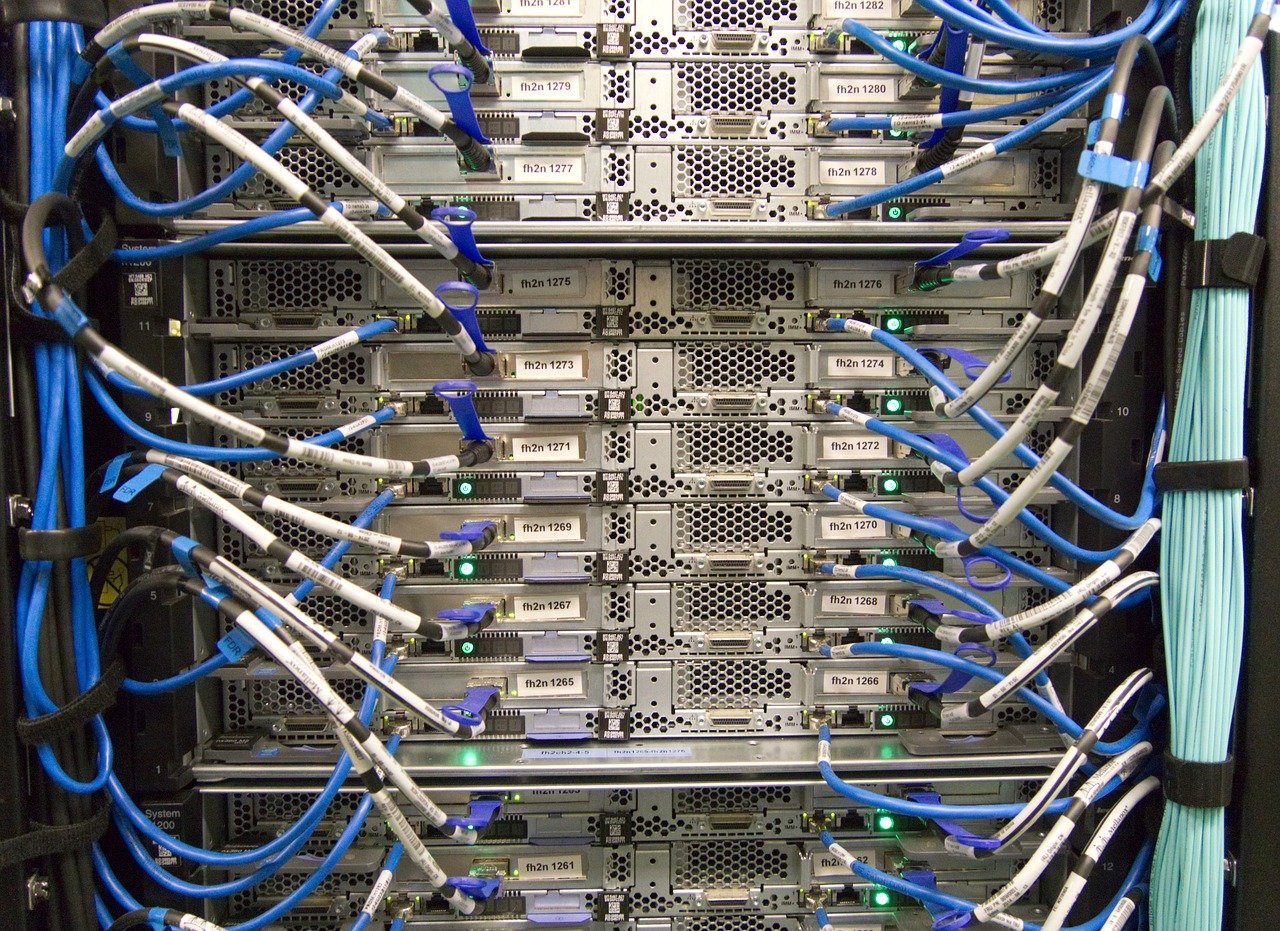This post comes from our new e-book, The State of the Network: 2018 Edition. To download and enjoy this free resource, click here.
We recently turned to our experts and four of our core products—Global Bandwidth Research Service, Global Internet Geography, Colocation Database, and the TeleGeography Report—to better underand the current state of telecom.
But we also wanted to think about what to expect from price erosion, the role of content providers, the rise of over-the-top communication services, movement toward hybrid WAN solutions, and a plethora of other market trends in the future.
Below are telecom trends we expect to continue in the coming years. To read our first set of predictions, click here.
Prediction 4: Lower Capacity Costs for IP Traffic
IP backbone operators must make considerable investments in network capacity to keep up with rapid traffic growth, driving concerns that capacity costs will outstrip traffic revenues. As IP transit prices have eroded, the convention of expressing transactions as unit price per Mbps yields conspicuously low figures, which contributes to a sentiment that the transit price trajectory is unsustainably cheap. But as aggregate volumes increase and prices fall, a parallel effect takes place on network cost. High-capacity ports afford lower unit traffic costs than low-capacity ports.
Technological and economic advancements in transport infrastructure also have lowered capacity costs for IP traffic. For example, 100 Gbps transmission can transport traffic at a lower cost per bit than 10 Gbps. Although 100 GigE ports pose higher cost and traffic topology hurdles at layer 3 than at the transport layer, the industry will eventually overcome these barriers, yielding continued reduction in cost per bit and greater efficiency in network architecture.
Prediction 5: Price Erosion Greatest in Emerging Markets
It is not a bold prediction that IP transit prices will continue to fall globally, as they always have. The rate of decline will be greatest in emerging markets with high prices that have greater potential to fall due to increases in volume and local traffic exchange that improve economy of scale.
The rate of decline will be greatest in emerging markets with high prices that have greater potential to fall due to increases in volume and local traffic exchange that improve economy of scale.
Prices will also fall in the established hubs of internet traffic exchange, enabled by escalating volume and declining unit cost. Although 10 Gbps price declines are mitigating in major hubs, the shift to 100 Gbps ports will usher in another step in aggregate unit price decline.
Prediction 6: Colocation Services Will Resist Price Erosion
In the telecom world, one rule reigns supreme: prices always fall. The colocation sector, however, has largely defied this law.
Base colocation rates (prices per kilowatt) have been rising over the short term in North American markets, while remaining largely unchanged in European metros. Median fiber cross-connect rates have maintained consistent pricing trends at $300 in key North American markets and $60 in key European markets. Across a sampling of global markets, median near-term price change expectations are flat.

